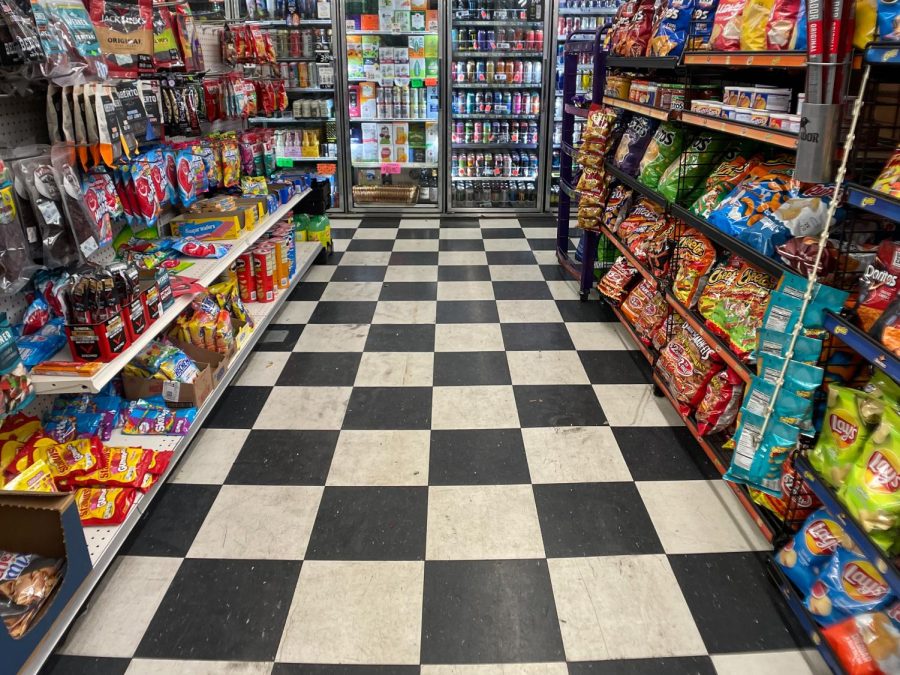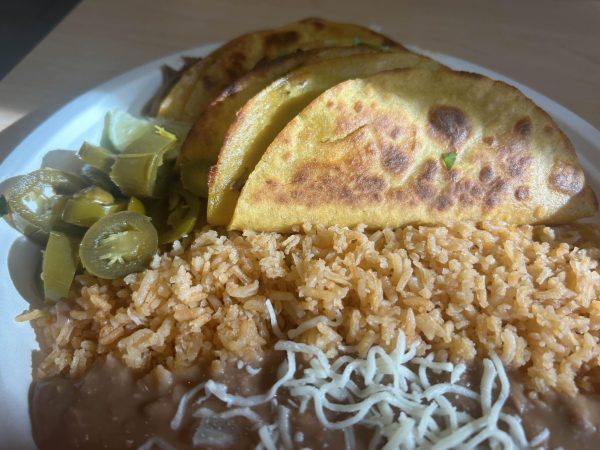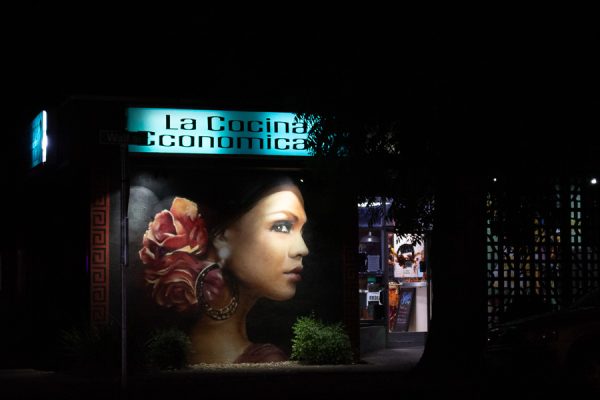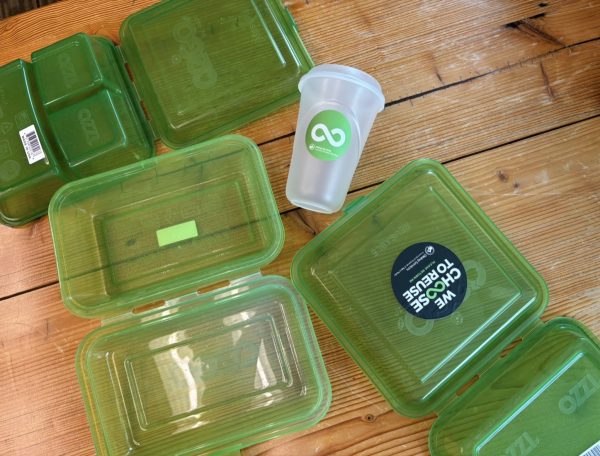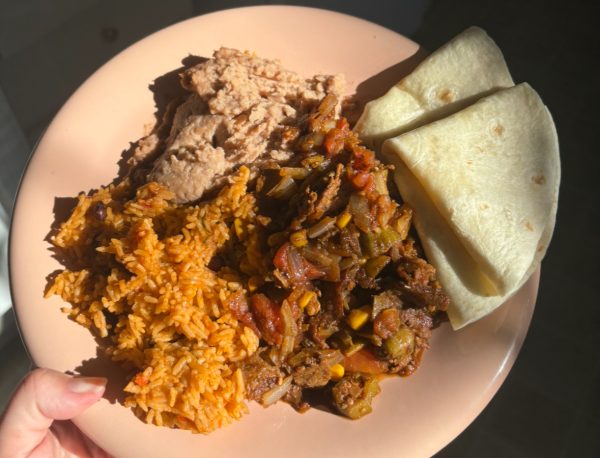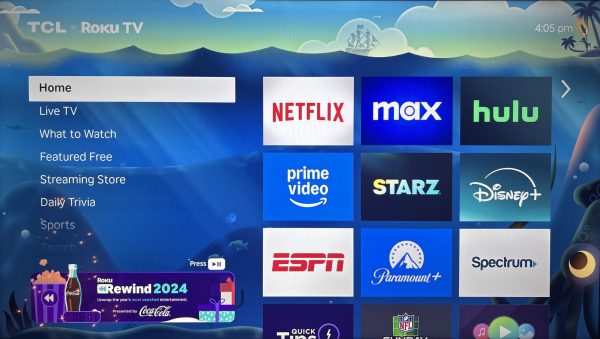Eating Like Adults
Market Aisle
Does it ever cross your mind where your food comes from? Or maybe, less about the food and more about why what’s offered is an option?
It’s overdue that we impose changes in the way the food industry is treated and how that industry treats us.
Out of an abundant selection, the food we prefer finds its way to the tables. Some are less desired foods — veggies mostly — and with sustainability, you’ll spend nearly all your money just to eat organically.
If one were to look hard enough as to why that is, one might eventually run into the Farm Bill, a collection of legislative policies that lies between you and sustainable eating.
Though the bill was meant to ensure the well-being of farmers especially during the 1930s Dust Bowl, its effects have trickled down, giving Americans the illusion of choice when it comes to food. The bill acts as insurance for farmers, ensuring a financial bailout if production fails.
In 2018, President Donald J. Trump signed the current Farm Bill into law, providing more than $7 million to dairy farmers.
A few weeks ago, I stopped by the Butte Station for a snack. As I’m perusing the aisles, I come to the Hostess (Twinkies) section and notice the prices are rather cheap. Under $2.30. Not a bad price for high sugar and no calories.
The interesting part, for me, was how the price of water was significantly by about 50 cents.
If you’re an avid cook or just like food in general, you’ve probably noticed the dichotomy between junk food prices versus organic on a larger scale. The processed food phase has grown to be just as detrimental to both our health and the environment as a virus would be. When looking at the diabetes rates in the U.S The CDC reported 34.2 million adults to have diabetes. This makes up roughly 10% of our population.
While it comes at a high price, eating organically may be what is needed to reach a higher standard of life.
If sustainability is the goal, we must be willing to make sacrifices. For the purpose of protecting the environment and its expansion while still providing the essential foods that accompany the increasingly rising population.
It’s important to note that our national expenditure for healthcare is around $3 trillion a year. Juxtaposed to the food expenditure, $876 billion was spent nationally on at-home food as of 2020.
I bring this up because the trend I noticed is the increased spending on healthcare as opposed to food.
By becoming more aware of what’s being put into our bodies, we find healthier results in our day-to-day diets. This, in turn, would help prevent healthcare visits related to diet and other areas of our life in which we are in complete control.
Changing the way you eat will change the way you live.
However, it takes time. A lot of us know we should eat more veggies, and can afford it, but still choose not to, including me.
In my personal combat against “food poisoning,” meaning food that is only poisoning my body, the struggle will forever be sugar. More pointedly, sugary drinks like soda.
According to the CDC, 32% of adults in America drink at least one sugary drink like soda per day. This makes sugary beverages 22% of the beverages we drink.
What if Chico State got rid of all soda on campus? Would it make the student body healthier?
One theory on why the Administration wouldn’t is because non-organic brands are profitable. They have consistent taste and quality, so consumers’ expectations are rarely unmet.
So, the question is: “What to do?” How do we buy more organically while maintaining economic stability? Alternating the brands we buy and using what’s on sale to our advantage is a great place to start.
Frozen fruits and veggies have been my number one way of consuming essential nutrients that come from the organic side of the edible realm.
In our country of excess, the hardest concept seems to be to recognize when enough is enough. Knowing this limit is what distinguishes eating like an adult.
Devonte Barr can be reached at [email protected].



